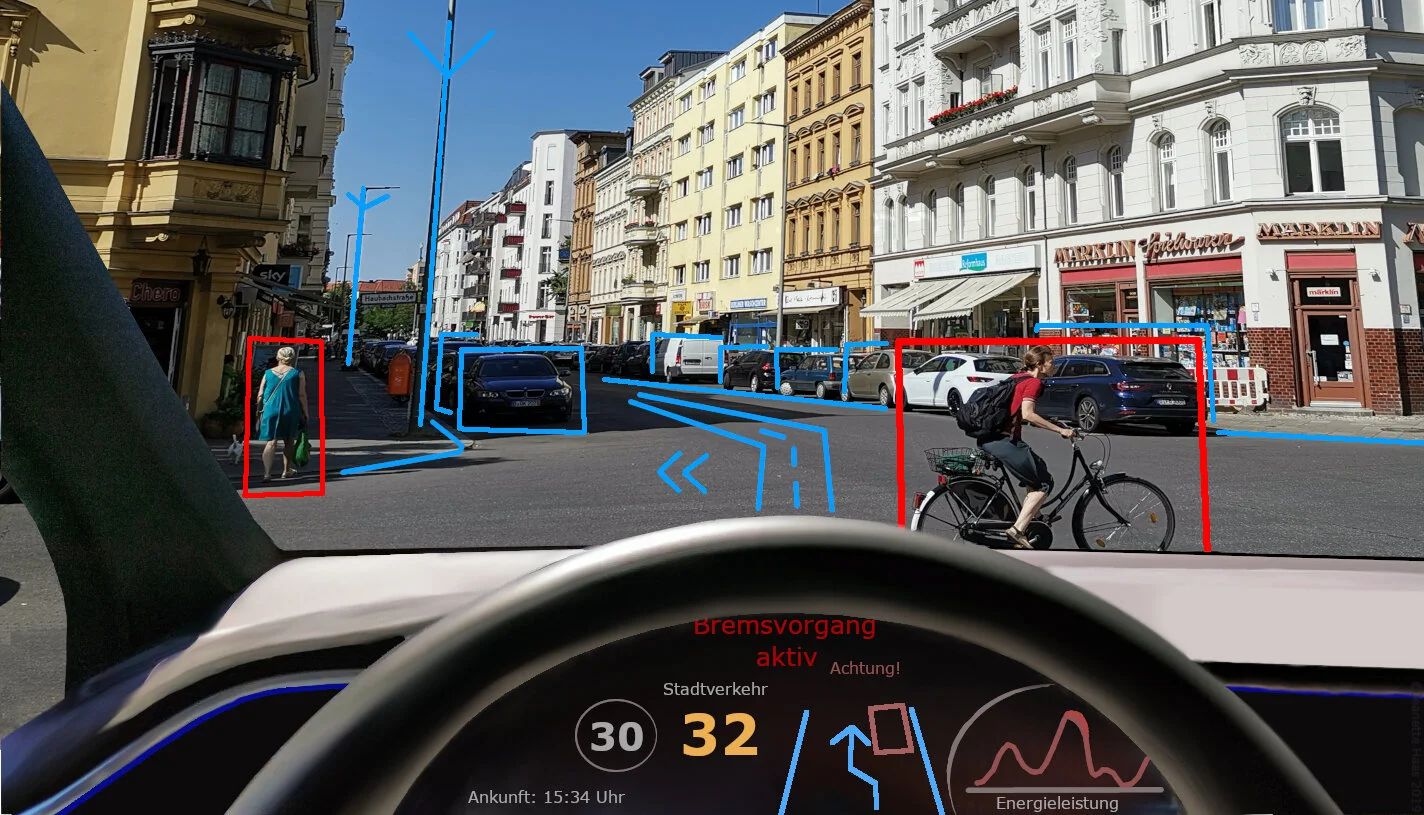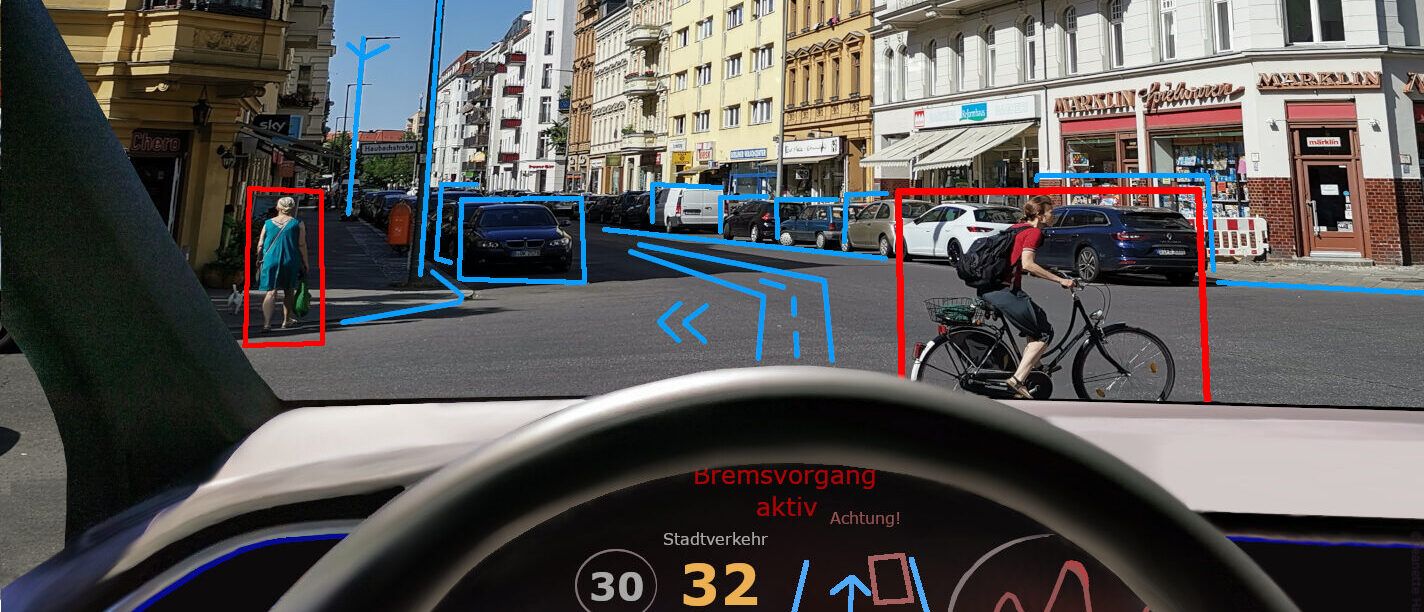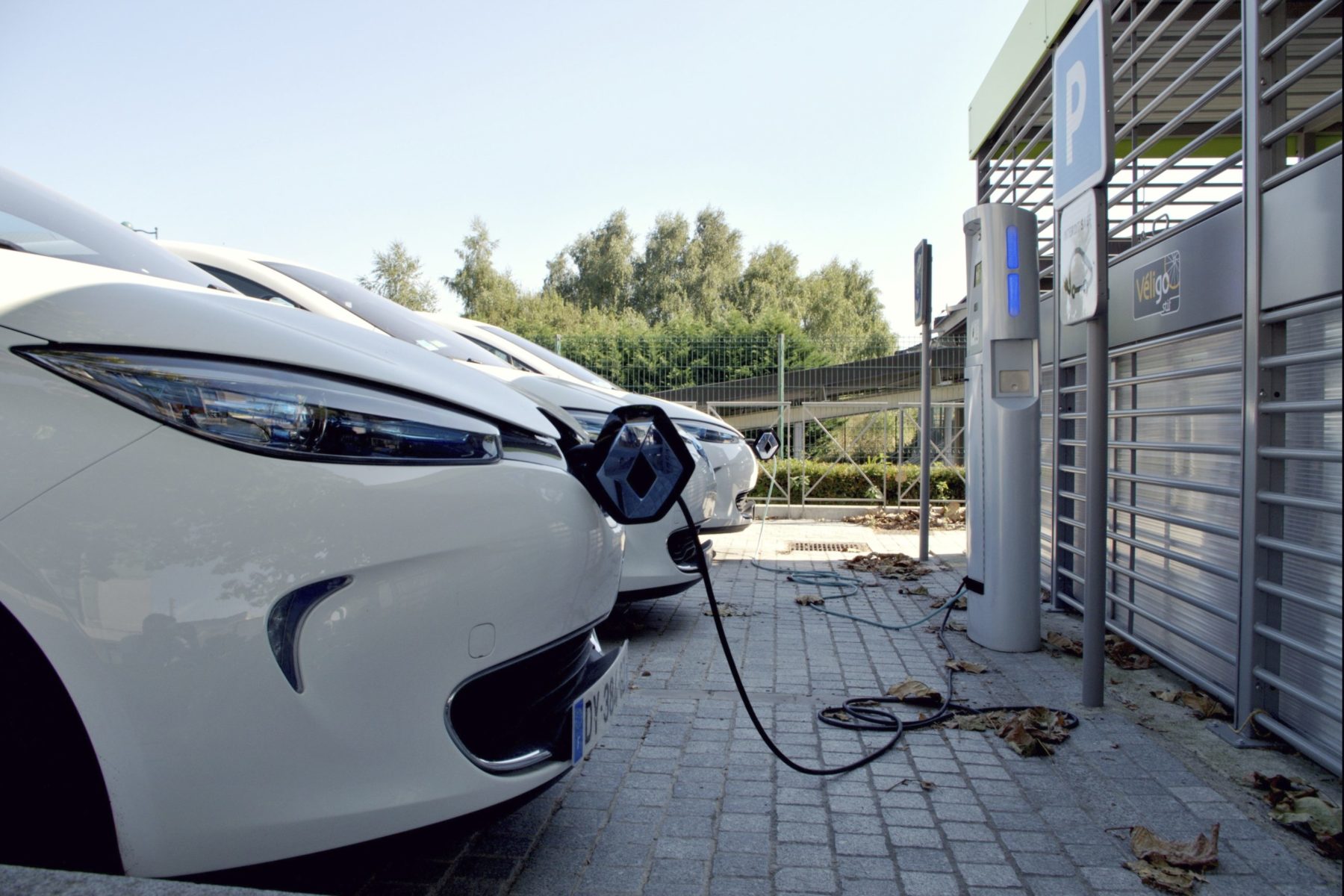
Electric vehicles (EVs) have long been heralded as the undeniable future of personal transportation, promising a greener, more economical, and technologically advanced driving experience. From the initial allure of instant torque and silent operation to the perceived environmental benefits, the transition to electric seemed, for many, to be an inevitable and universally positive step. Yet, as the rubber meets the road and more drivers embrace these battery-powered machines, a different narrative is emerging.
While the market continues to expand with record sales, evidenced by 1.2 million EVs sold in the U.S. last year and projections for 20% growth in 2024, the initial enthusiasm is beginning to level off. Automakers, once solely focused on an all-electric future, are now diversifying their portfolios, shifting attention to plug-in hybrids as a hedge against slowing EV growth. This adjustment isn’t a sign that EVs are a mere fad, but rather an acknowledgment of the real-world challenges and owner frustrations that are becoming increasingly vocal.
Drivers are discovering that some aspects of EV ownership, initially perceived as benefits or minor inconveniences, have quickly transformed into significant pain points. These are not merely the growing pains of a new technology, but fundamental issues impacting daily usability and long-term satisfaction. Here, we delve into the first seven of fourteen major complaints voiced by EV owners, shedding light on the features they once thought they wanted, but now, often, detest.

1. **They Hate the Spotty Charging Infrastructure**The promise of an expansive and ubiquitous charging network was a core selling point for early EV adopters. While the charging infrastructure has indeed improved significantly compared to just a few years ago, the reality for many EV owners is far from ideal. The ease of finding a public EV charger simply doesn’t yet rival the widespread availability of traditional gas stations, leading to considerable frustration.
This scarcity often manifests as acute anxiety, especially when drivers find themselves in less populated or remote regions of the country. The assurance of readily available power, a given for internal combustion engine vehicle owners, becomes a precarious gamble for many EV drivers. This disparity between expectation and reality can significantly impact trip planning and overall driving confidence.
For an electric vehicle to truly serve as a primary mode of transportation for all types of journeys, the charging infrastructure needs to evolve beyond its current state. The ‘spotty’ nature of charging options forces owners to meticulously plan routes, often adding mental overhead that conventional vehicle drivers simply do not encounter. This constant vigilance is a feature no driver actively desires.
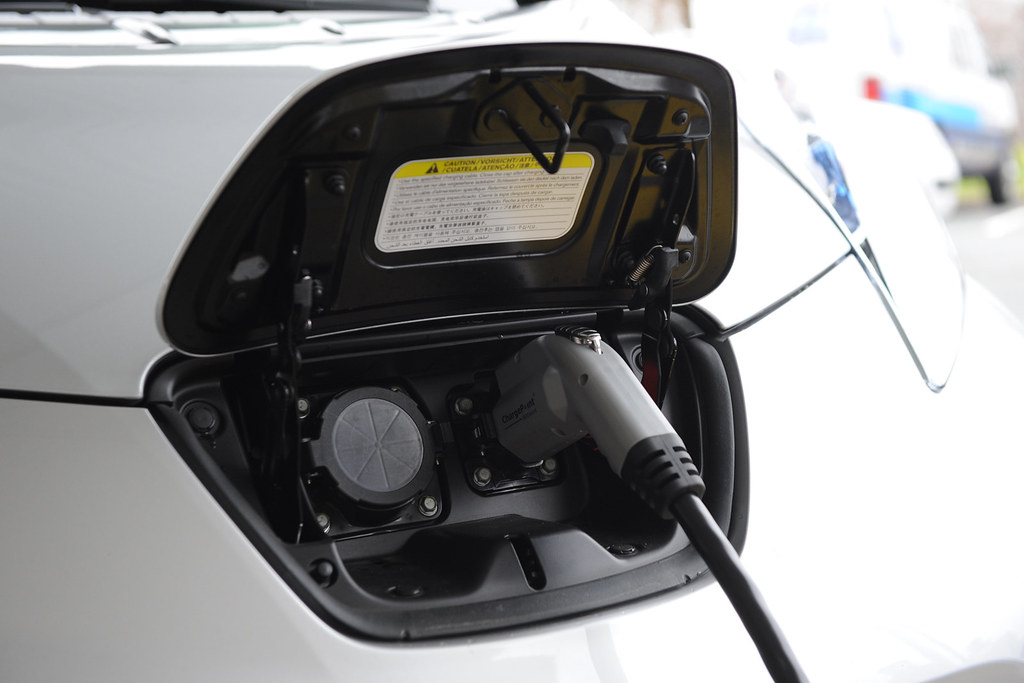
2. **They Hate the Long Charging Times**One of the most frequently cited drawbacks of EV ownership, often dismissed by enthusiasts as a minor trade-off for environmental benefits, is the extensive time required for charging. While many understand the concept of longer charging durations before purchase, the practical experience of living with it proves to be a stark reality check.
Consider the various charging levels: a Level 1 charger, typically a standard household outlet, can take anywhere from eight to over fifty hours to charge a battery to 80%. Upgrading to a Level 2 charger at home reduces this to a more manageable four to ten hours. However, even with direct current (DC) fast charging, the quickest option, drivers are looking at 20 minutes to an hour to replenish their battery.
These charging durations stand in stark contrast to the mere minutes it takes to fill a gasoline or diesel tank. This fundamental difference means that spontaneity, a hallmark of traditional motoring, is often curtailed. Owners must recalibrate their schedules, dedicating significant chunks of time to the charging process, an imposition that becomes increasingly irksome with daily use.
Read more about: Not Just Picky: 12 Game-Changing Habits That Prove You’re Too Good to Settle for Less

3. **They Hate Installation Costs for Home Charging**For many EV owners, the most convenient and cost-effective charging solution is a dedicated Level 2 charger installed at home. This allows for overnight charging, mitigating the frustrations of public infrastructure. However, the initial outlay for this convenience can be a significant and unwelcome surprise, challenging the perceived ‘savings’ of EV ownership.
The cost to install a Level 2 EV charger at home can vary widely, typically ranging between $500 and $2,500, depending on the electrician’s rates and the specifics of the home’s electrical system. This expense is for the charger unit itself and the labor involved in setting it up correctly and safely.
However, the costs can escalate dramatically if the home requires an upgrade to its existing fuse panel or extensive new wiring to support the increased electrical demand. In such scenarios, the price tag for home charging installation can easily reach into the five-figure range. These unforeseen expenses can test the resolve of even the most environmentally conscious buyer, turning a hoped-for convenience into a financial burden.
Read more about: Beyond 250,000 Miles: 14 Enduring SUVs That Defy the Odometer and Deliver Lasting Value for Savvy Buyers
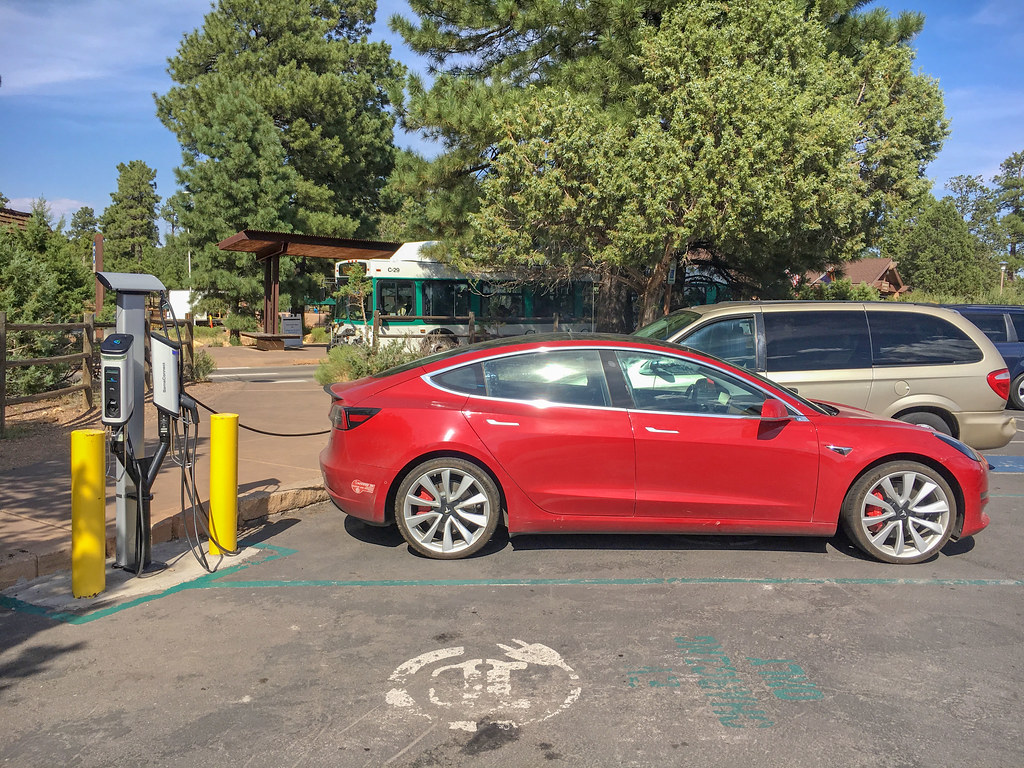
4. **They Hate Broken or Unavailable Chargers**While advancements in EV range have begun to alleviate some range anxiety, a new form of anxiety, specific to the charging infrastructure, has emerged: ‘charging station anxiety.’ This is the dread that washes over EV owners when they pull into a public charging station, particularly during peak times, only to find multiple stalls non-functional or otherwise unavailable.
This problem is exacerbated at crowded EV charging stations, where a high percentage of inoperable chargers can lead to frustratingly long wait times. Drivers find themselves in a queue, wasting precious time and energy, only to potentially be turned away or face further delays. The logistical nightmare of finding a working charger quickly transforms the convenience of public charging into a source of considerable aggravation.
Such experiences not only undermine confidence in the nascent EV ecosystem but also significantly impact daily routines and travel plans. The promise of public charging as a seamless alternative to gas stations remains unfulfilled when the infrastructure itself is unreliable. For many, the consistent functionality of public chargers is a fundamental expectation that is too often unmet.

5. **They Hate the Higher Expense for Fast Charging**One of the primary motivations for many consumers to switch to an EV is the prospect of significantly reducing or eliminating fuel costs associated with gasoline or diesel. However, this economic benefit can quickly be offset, or even negated, when owners rely heavily on fast-charging options, particularly in public networks.
Fast chargers, while offering the quickest way to replenish an EV battery away from home, often come with a substantial premium. The cost per kilowatt-hour (kWh) at these stations can be considerably higher than residential electricity rates or even slower public charging options. This pricing structure often comes as an unwelcome ‘shock’ when owners review their charging statements.
In some instances, the cost to utilize a fast charger can rival, or even exceed, the expense of filling a conventional vehicle with gasoline or diesel. This undermines a core economic incentive for EV ownership and forces drivers to choose between convenience (fast charging) and cost savings, a dilemma that detracts from the overall value proposition of electric vehicles.
Read more about: Beyond the Dealership: Why Drivers Are Embracing Car Subscriptions for Flexibility and Financial Freedom in 2025
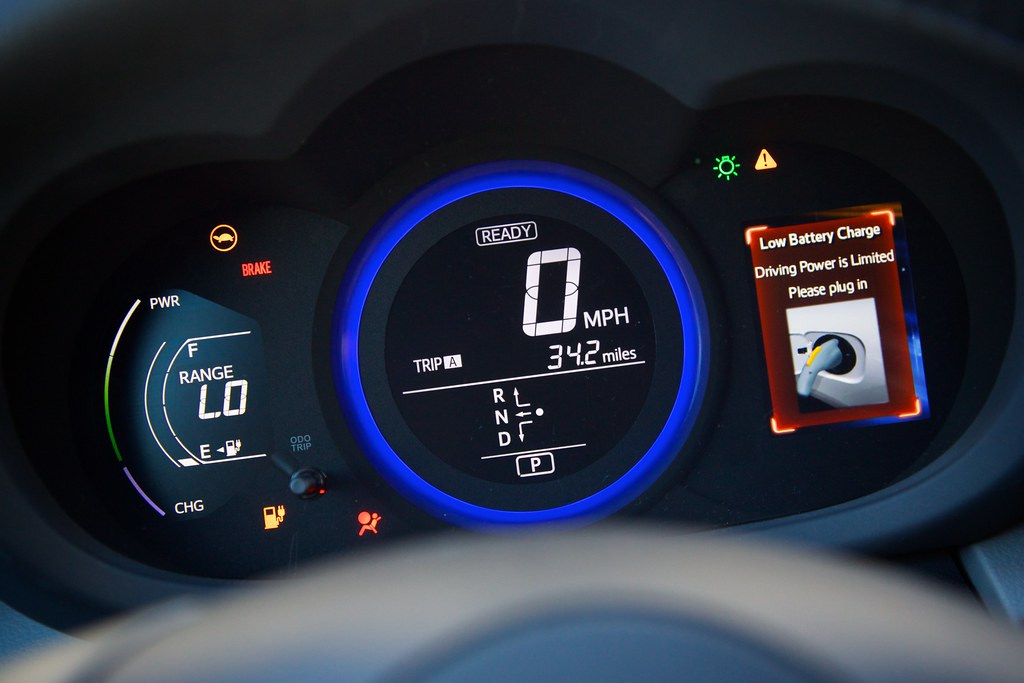
6. **They Hate the Range Hit Winter Brings**Electric vehicles rely on complex battery chemistry, which, while efficient in moderate conditions, demonstrates a notable vulnerability to low temperatures. This inherent characteristic translates into a significant reduction in practical driving range during colder months, a frustration that becomes particularly acute for owners.
A study by AAA provided stark figures, revealing that electric cars can lose as much as 40% of their rated range at 20 degrees Fahrenheit when compared to driving at a comfortable 75 degrees Fahrenheit, especially with the vehicle’s heating system engaged. This means an EV owner expecting 250 miles of range might only get 150 miles in frigid conditions.
For drivers who depend on their vehicles for daily commutes, errands, or travel, this substantial range reduction in winter can be incredibly disruptive. It necessitates more frequent charging, introduces greater range anxiety, and often forces a compromise on activities. The decreased efficiency and range in cold weather highlight a practical limitation that drivers often find deeply frustrating, especially given the environmental and performance promises of EVs.
Read more about: From Dream to Disaster: The Unforgettable Rides That Stole Our Hearts, and the Automotive Letdowns That Left Us Stranded
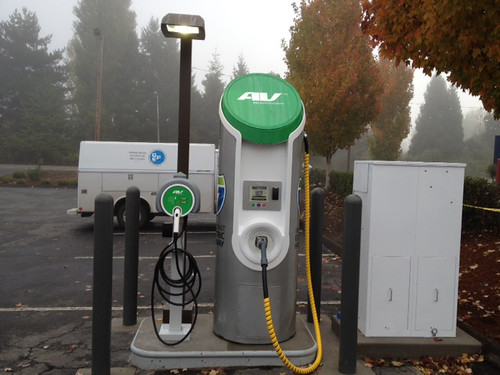
7. **They Hate the Lack of EV Charging Station Etiquette**While home charging offers a convenient refuge from public infrastructure woes, many EV owners still find themselves needing to use public charging stations, especially for longer journeys. This is where a surprising, yet consistently irritating, issue arises: a pervasive lack of etiquette among some users of public charging facilities.
This includes a range of behaviors that actively diminish the experience for others. For instance, some EV owners improperly park their vehicles, effectively blocking access to multiple charging stalls. This creates bottlenecks and exacerbates wait times, particularly at busy locations, fostering resentment among those waiting to charge.
Another common complaint is the misuse of fast chargers. Some drivers, whose vehicles cannot benefit from the highest charging speeds, will nonetheless occupy a fast-charging stall for extended periods, preventing others who genuinely require rapid replenishment from using it. Furthermore, plug-in hybrid electric vehicle (PHEV) owners are often cited for occupying EV-only charging spots when their vehicles could easily utilize a less-crowded traditional gas station. These breaches of unwritten rules add an unnecessary layer of stress and frustration to an already challenging charging experience.
Read more about: Beyond the Wheel: Unpacking the Infamous Reputations of 14 Vehicles Associated with Annoying Drivers
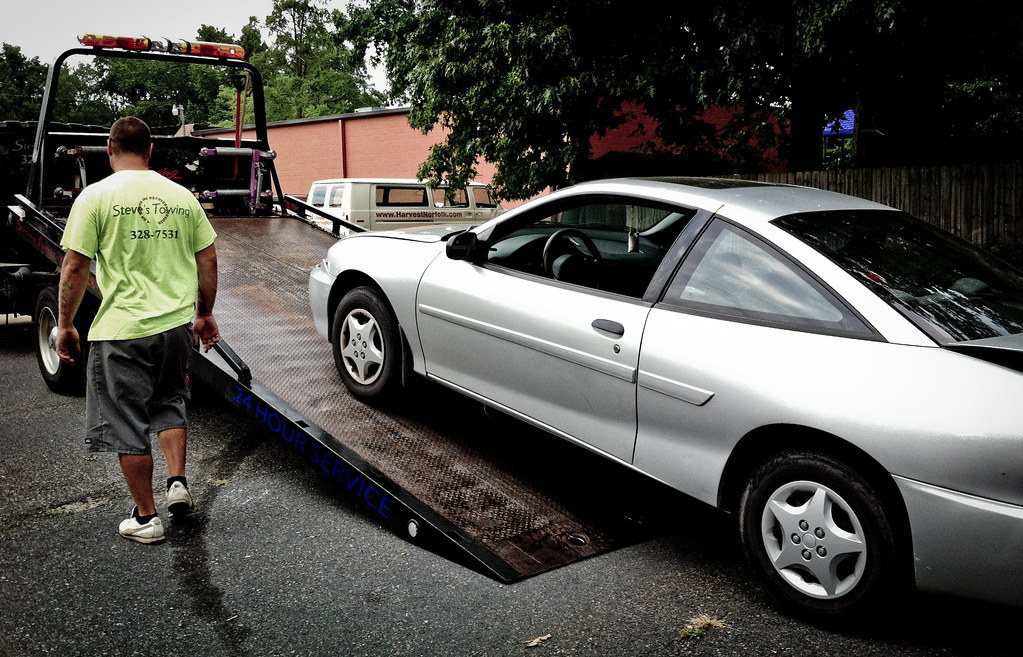
8. **They Hate the Limited Towing Capability**For many who consider an electric vehicle, the allure of instant torque might suggest impressive towing prowess. However, the reality for EV owners who frequently tow is often a source of significant frustration. While an EV might initially seem capable, the act of towing introduces a substantial hit to the vehicle’s driving range, far more so than with a comparable gasoline or diesel vehicle.
Indeed, the extent of this range reduction is highly variable, influenced by a multitude of factors. The specific EV model, the weight and aerodynamics of the trailer, the load being carried, the distance of the journey, and even environmental conditions all play a role in how much range is lost. This complex interplay means that towing with an EV requires meticulous planning and a constant awareness of remaining battery capacity, transforming what should be a straightforward task into a logistical challenge.
Furthermore, electric cars may inherently possess lower towing capacities when compared to their internal combustion engine counterparts. This limitation often forces owners to compromise on their cargo needs, potentially requiring alternative solutions such as additional trailers, cargo boxes, or bags. For those who purchased an EV with the expectation of seamlessly integrating it into a lifestyle that includes regular towing, this significant impact on range and overall utility is a deeply disappointing and, frankly, hated feature.
Read more about: From Dream to Disaster: The Unforgettable Rides That Stole Our Hearts, and the Automotive Letdowns That Left Us Stranded
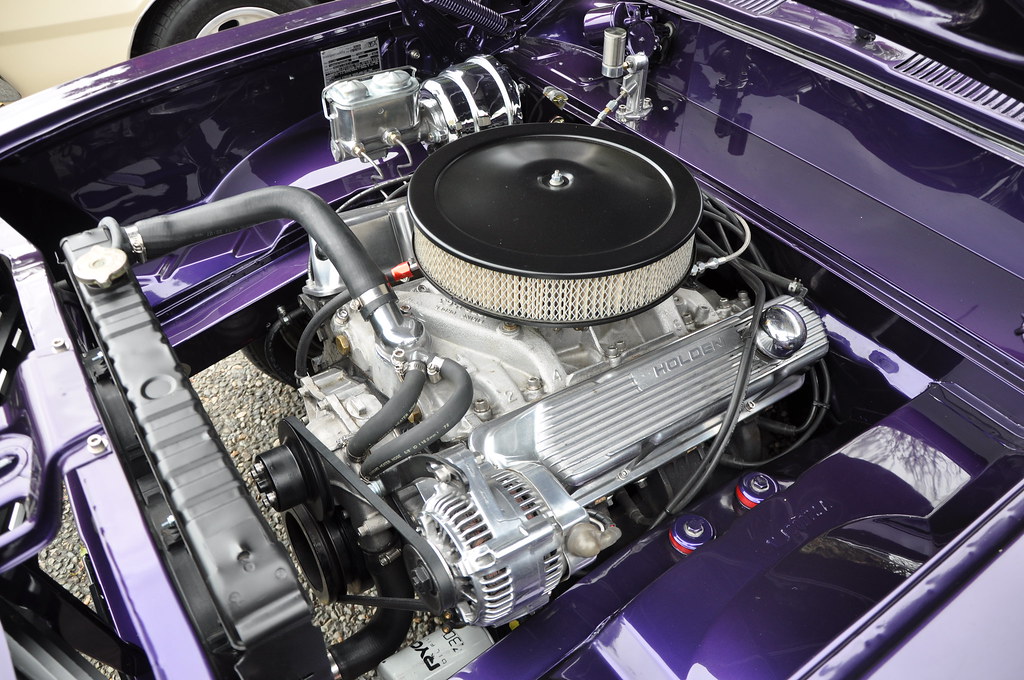
9. **They Hate the Lack of Engine Noises**While the silent operation of an electric vehicle is often touted as a premium feature, offering a tranquil cabin experience, it surprisingly emerges as a point of contention for a segment of drivers. Believe it or not, some motorists genuinely enjoy the distinctive growl or hum of a traditional engine, perceiving it as the sound of a well-oiled machine in harmonious operation. For these individuals, the absolute quietness of an EV is not a benefit, but a void.
This absence of auditory feedback can be disorienting for drivers accustomed to the visceral connection provided by engine noises. The subtle cues of acceleration, gear shifts, or even just a steady idle are deeply ingrained in the driving experience for many, providing a sense of control and engagement. Without these familiar sounds, the drive can feel somewhat disconnected, stripping away an element of the automotive passion that many enthusiasts cherish.
Beyond personal preference, the quiet nature of electric vehicles also introduces a practical safety concern. The context highlights that electric cars are so quiet they can be harder to hear and avoid by pedestrians, cyclists, and other road users. This increases the risk of unforeseen encounters, prompting manufacturers to implement artificial sounds at low speeds, though these rarely replicate the organic aural experience that some drivers miss from traditional powertrains.
Read more about: 12 Roaring Muscle Car Memories That Will Burn Rubber in Your Brain Forever
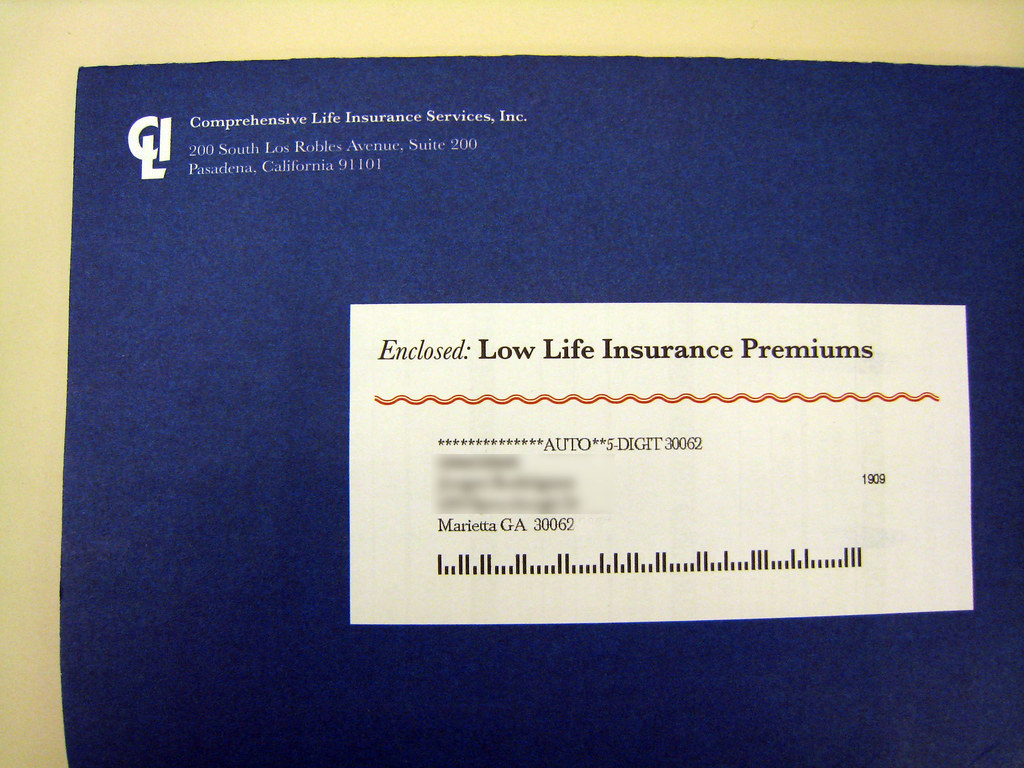
10. **They Hate the Higher Insurance Premiums**One of the compelling arguments for transitioning to an electric vehicle often revolves around the promise of reduced running costs, particularly the elimination of gasoline expenses. However, this financial benefit can be significantly eroded by another, less anticipated, cost: higher insurance premiums. Many EV owners discover that insuring their electric car typically costs considerably more than insuring a comparable gasoline-engine vehicle, sometimes by as much as 20%.
This hike in insurance rates is not arbitrary; it stems from several practical factors. Electric vehicles, being sophisticated machines packed with advanced technology, tend to have higher repair costs following accidents. The specialized components, intricate electronics, and large battery packs often require specific tools, equipment, and highly skilled technicians for repair, driving up the labor and parts expenses. Moreover, the scarcity of some spare parts further complicates and inflates repair bills.
For those operating on a fixed budget, an additional 20% on insurance premiums can represent a substantial financial burden, undermining the initial economic incentives for EV ownership. This unexpected expense can quickly turn a perceived saving into an ongoing drain, causing considerable frustration and making the overall cost of ownership less attractive than initially presented. The higher initial purchase price combined with these ongoing costs becomes a hard pill to swallow.
Read more about: How to Safely Stop Tailgaters: 12 Expert Brake-Free Hacks for American Drivers

11. **They Hate Depending on Software Updates**In our increasingly digital world, even cars are now platforms reliant on software, and electric vehicles are at the forefront of this trend. While over-the-air (OTA) software updates can offer conveniences, allowing for remote improvements and new features, many EV owners find their dependence on these constant updates a source of significant annoyance. It’s a fundamental shift from the traditional automotive experience, where a vehicle’s functionality was largely static post-purchase.
The complexity of these software and hardware systems means they are susceptible to various issues, including bugs and glitches, which can disrupt driving performance or even critical vehicle functions. The context explicitly mentions that driving can be disrupted by such malfunctions, or even by more insidious threats like cyberattacks and hacking. This introduces a layer of vulnerability and unpredictability that traditional car owners rarely encounter.
Furthermore, the increasing integration often necessitates constant interaction with a smartphone, whether for controlling vehicle features, monitoring charging, or managing software preferences. While convenient for some, this can feel like an additional chore for others, potentially affecting their productivity or simply adding an unwanted digital tether to their driving experience. For many, a car should simply work without requiring frequent digital interventions, making this technological dependency a hated aspect of modern EV ownership.
Read more about: Unpacking the Hype: Why Hyundai’s Latest EVs Are Earning Unanimous Praise

12. **They Hate Waiting for Scarce Spare Parts**When a conventional vehicle requires a repair, obtaining replacement parts is typically a straightforward process, thanks to established supply chains and widespread availability. However, for many electric vehicle owners, a necessary repair can quickly devolve into a drawn-out and deeply frustrating ordeal due to the scarcity of specific spare parts. This often leads to extended downtime for their vehicles, transforming a minor inconvenience into a major disruption.
The challenge of securing these parts is compounded by several factors. Components such as batteries, electric motors, inverters, or specialized chargers are not only inherently expensive but can also be particularly hard to find. This issue is often exacerbated for owners of older EV models or those from less popular brands, where the demand for specific parts might not justify a robust inventory system, leading to long waits of weeks or even months.
Such prolonged waiting periods for essential repairs can severely sour the EV ownership experience. It forces owners to find alternative transportation, incurs additional costs, and erodes confidence in the practicality and reliability of their electric vehicle. The expectation of seamless maintenance is often unmet, pushing owners to their limit and highlighting a significant logistical hurdle within the evolving EV ecosystem.

13. **They Hate the High Repair Costs After Accidents**Even a minor fender-bender can turn into a substantial financial headache for electric vehicle owners, as the repair costs following accidents can be alarmingly high. Because EVs are intrinsically high-tech machines, often integrating sophisticated sensors, complex wiring, and large, protective battery housings, even seemingly superficial damage can lead to exorbitant repair bills that can make your jaw drop, as the context suggests.
These elevated costs are a direct consequence of the specialized nature of EV components and the expertise required to service them. Electric car repairs often demand specialized tools, state-of-the-art equipment, and technicians with specific skills and certifications to safely and correctly handle high-voltage systems and intricate electronic modules. This limits the affordability and availability of qualified repair personnel, often funneling owners toward authorized dealerships or service centers that charge premium rates.
This reality directly contributes to the higher insurance premiums that EV owners face, as insurance companies factor in the increased potential cost of repairs. While owners may cherish the advanced features and environmental benefits of their EVs, the prospect of astronomical repair bills after an accident is a deeply unsettling and universally disliked aspect, highlighting a significant economic vulnerability in the EV ownership proposition.
Read more about: Tesla Ownership: Avoiding Costly Pitfalls That Could Drain Your Wallet and Your Patience
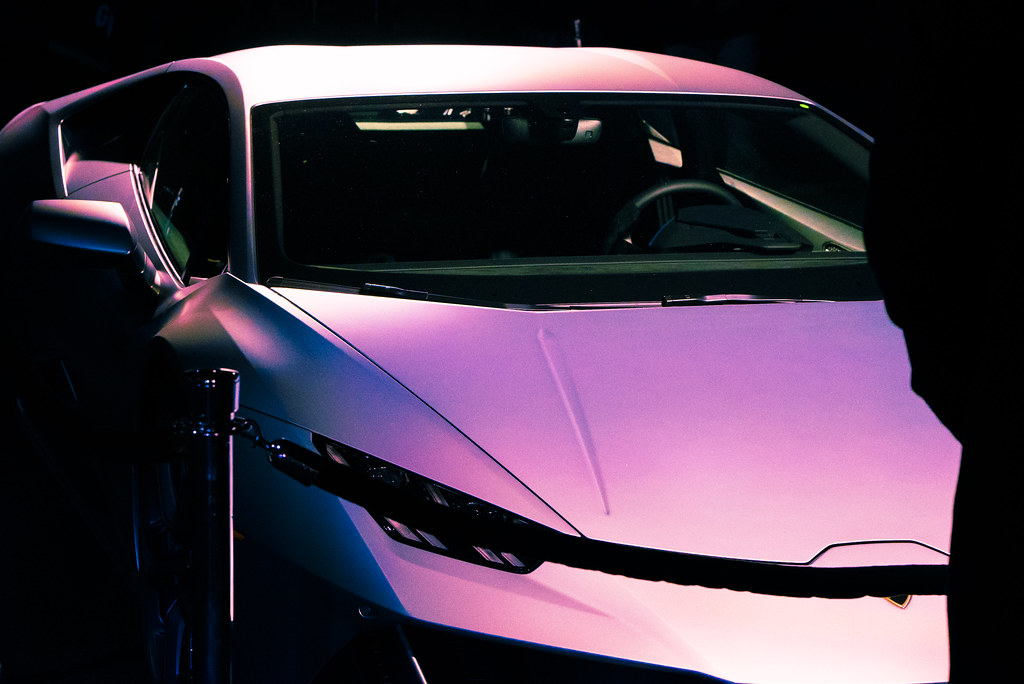
14. **They Hate the Risk of Obsolescence**In the fast-paced world of technology, what is cutting-edge today can quickly become outdated tomorrow, and electric vehicles are no exception to this phenomenon. Many EV owners express a genuine concern, bordering on frustration, regarding the rapid pace of technological advancement within the electric car industry. This creates a tangible risk of obsolescence, where the vehicle they purchase today might feel antiquated in just a few short years.
The context explicitly states that electric car technology is evolving rapidly, leading to older models potentially becoming obsolete or outdated sooner than owners of conventional vehicles might expect. This constant innovation, while beneficial for the progression of the technology, creates a sense of unease. Owners worry that their investment will depreciate quickly not just due to normal wear and tear, but because a significantly improved model with greater range, faster charging, or more advanced features will be released shortly after their purchase.
This dynamic impacts not only the perceived value of their vehicle but also its potential resale value, which is already described as uncertain for EVs. The lack of guarantee that this year’s “up-and-coming new tech standard” won’t be replaced by something superior in a short timeframe is a significant psychological and financial burden. For many, the risk of their expensive, modern EV quickly becoming technologically inferior is a ‘feature’ they vehemently detest, undermining the long-term satisfaction of ownership.
As we’ve explored, the journey into electric vehicle ownership, while promising, is not without its significant potholes and unexpected detours. From the practicalities of limited towing capability and the surprising absence of engine notes, to the intricate financial burdens of higher insurance and accident repair costs, and the perplexing reliance on software updates amid fears of rapid obsolescence, these are the nuanced realities confronting EV drivers today.
Read more about: Navigating a ‘Black Hole’ Job Market: A Boomer’s Seven-Year Struggle Against Suspected Ageism and What It Means for Older Workers
It becomes abundantly clear that while electric vehicles undeniably represent a crucial step forward for personal transportation, they also introduce a new array of challenges and frustrations that demand careful consideration. For prospective buyers, the key takeaway is not to dismiss EVs outright, but to undertake thorough research and realistically assess how these evolving features align with their individual driving habits, expectations, and financial parameters. The future of motoring is undeniably electric, but an informed driver is always the best driver.

